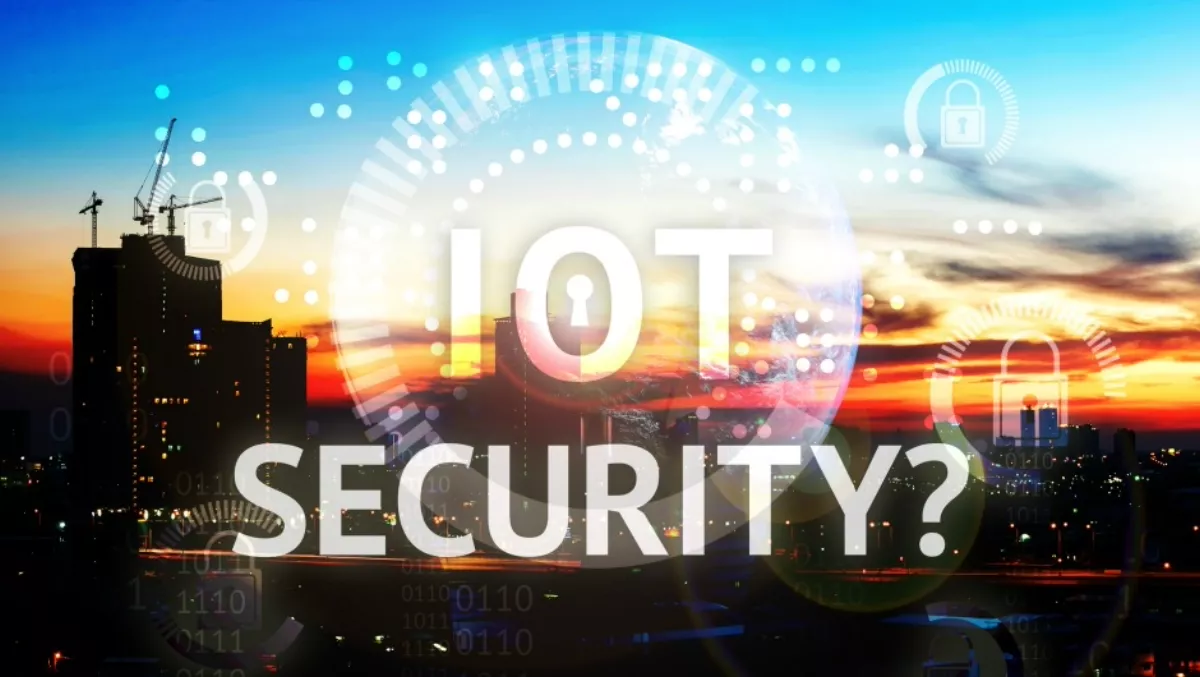
IoT and BYOD still putting firms in the face of danger
As best practice security methods continue to evolve around the Internet of Things, so do the attacks on devices linked to corporate networks, says IT provider Empired.
Those attacks could be malicious or unintentional, and IoT only exacerbates security risks posed by bring your own device policies. Organisations should clamp down on those devices, whether employee devices or IoT devices, to minimise the risk of attack.
"The risk of attack now extends to anyone plugging any device into a company's network. Together with the risk faced by shadow IT, organisations are unsure how to best protect their network," comments Empired's Mark Blower, national business manager of Networks - Security.
According to the company, Business leaders and IT managers are still grappling with employees' needs to use their own devices, such as phones and laptops as part of their work. Because the software and hardware is not controlled, and because there is limited password control to safeguard information, those devices are an inherent risk compared to in-company devices.
"Numerous IoT devices may be unnecessarily implemented by organisations who do not have a true understanding of security, introducing vulnerabilities for malicious attacks. For example, we recently had a customer whose point of sale system was attacked and customer credit card details were stolen. The hacker was able to gain access through the air conditioning system, which was connected to the network for monitoring purposes," Blower continues.
He says that organisations should be wary of any non-corporate device connected to their networks.
"For example, wearable technology such as watches and fitness trackers, plus closed circuit television (CCTV), programmable logic controllers (PLC), and operational technology (OT) can all post a potential security risk if not properly secured," he explains.
Organisations should nominate people who are able to approve what technology is connected to a network, how it is connected and when it is connected, Empired says.
"It's important for employees to understand that every device connected to the network has the potential to bring the company into disrepute by introducing risk and allowing hackers into the environment," Blower explains. "Organisations must constantly be on the lookout for anything that may be vulnerable and for new technologies to implement to ensure the company is protected against IoT connectivity hackers. "A business should have policies and procedures in place to cope with breaches regardless of the source. They should follow an internal threat management process to mitigate the risk and ensure it doesn't happen again," he concludes.


